According to a recent study by Deloitte and The Manufacturing Institute, by 2030 there will be 2.1 million vacant positions in the US manufacturing sector, which will cost the system a loss of about 1 trillion dollars.
Manufacturing is not suited to handling the natural turnover of jobs. The main reason is that the new works do not necessarily coincide with those of the past. The entry of robotics, artificial intelligence and digital twins is shifting the focus of companies to data specialists, smart factory coordinators and, more generally, to workers with important technological skills.
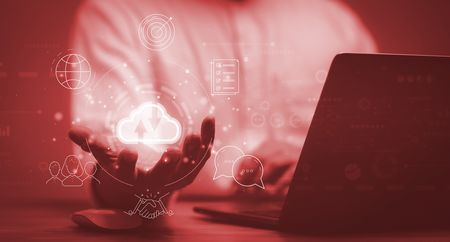
The responsibility of the machine manufacturers
Those who produce machines for the industry have a strong responsibility in this regard, since their choices depend both on the progress of the entire sector and on their ability to overcome the challenges of the skill gap.
That’s why manufacturers don’t just need to take advantage of technology, cloud, and connected model opportunities, they need to make them accessible, simple, and manageable for as many people as possible.
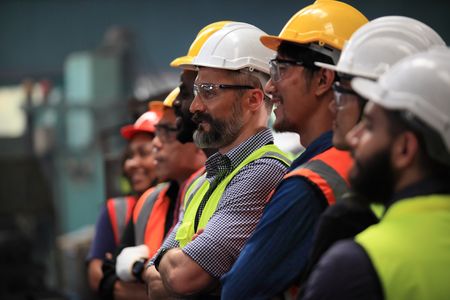
The aim must be to break down repetitive, manual and low value-added procedures by creating systems, procedures and functionalities that are as simple and intuitive as possible. Moreover, what is far from secondary, companies and manufacturers of machines must join forces and activate training courses aimed at the up-skilling of the competences.
Simplifying procedures and continuously training its operators allows companies to better manage the shortage of specialized skills and also to create a healthy working environment, which reduces turnover, does not use its resources in activities of low value and attracts available talent.

The centrality of Remote Learning and the role of technology
The theme of Remote Learning is central within this panorama. Companies must exploit the potential of technology and networks to create training paths that are not only effective but also engaging, stimulating participation and interest.
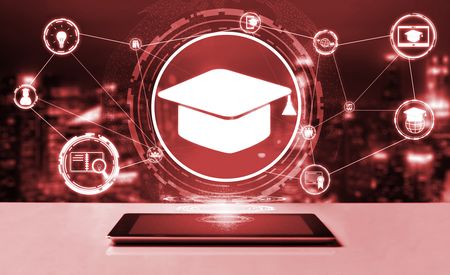
The starting point is the traditional Remote Learning, which makes use of modern and dynamic engaging communication technologies such as on-demand training, video-pills and, in the most advanced cases (used especially in the field of security awareness), also gamification. Regardless of the tool, it ranges from an online version (live) of the traditional classroom training, enabled by modern solutions of communication and collaboration, up to ad hoc platforms with articulated paths, moments of encounter and verification as well as on-line activities demand. Just the fact of being able to access training materials anywhere and at any time empowers people, personalizes the paths and creates that engagement that is good for productivity.

From remote control to Remote Learning 2.0
In the universe of Remote Learning there are cases and dynamics of indirect training, but very practical and effective. The development of networks, data and exponential technologies allows in fact an almost total monitoring of production environments: examining the machine logs, Companies and manufacturers obtain real-time operating parameters and any anomalies that might suggest predictive maintenance.
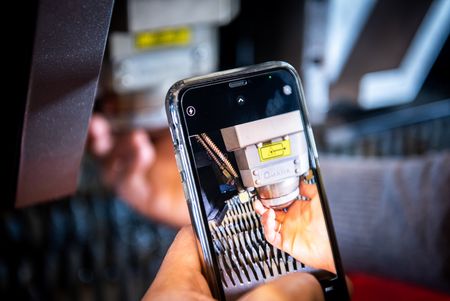
Communication is two-way: faced with a security risk or even only parameters that negatively affect the effectiveness of an operation or the efficiency of the process, It is possible to activate immediate communication with operators through everyday tools, such as smartphones. The use of modern channels, such as video, enables cases of advanced assistance: by framing a specific area of the machine with the smartphone camera, the experienced technician can guide the colleague towards the solution of a problem or a more effective configuration, in fact enriching his wealth of knowledge. All this does not exclude the use of even more advanced technologies such as augmented reality, which could provide the operator “superimposed” instructions to the reality framed with the smartphone, making even more effective and engaging the acquisition of new skills.
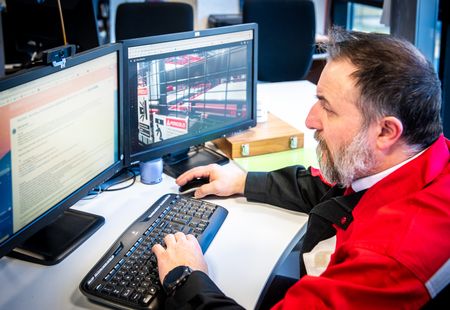
AMADA and training: in the classroom, remotely and smart
AMADA is at the forefront of technological evolution. Its products are not limited to meeting challenging quality standards, but guide the path towards the paradigm 4.0 through the use of a synergistic ecosystem of technologies. These include remote monitoring, IoT systems and predictive maintenance, which can be adapted to the needs of training and acquisition of new skills, overcoming the dynamics of traditional training. All this, in addition to a large catalogue of online courses and presence, aimed at making the operators productive, technologically prepared and able to overcome the challenges of the future.